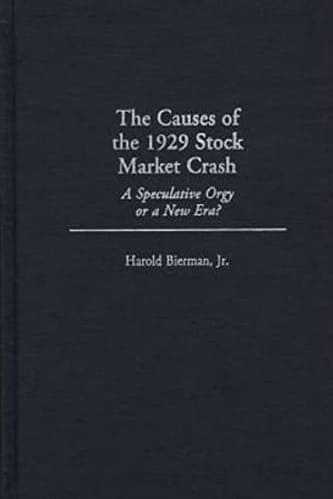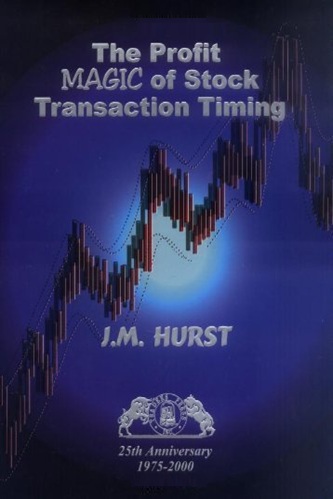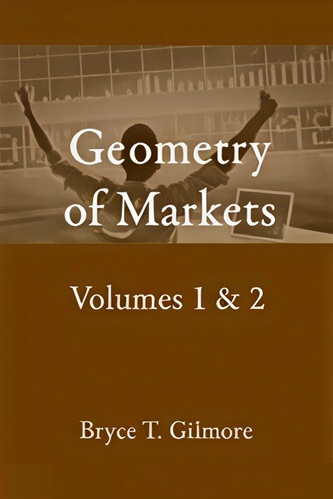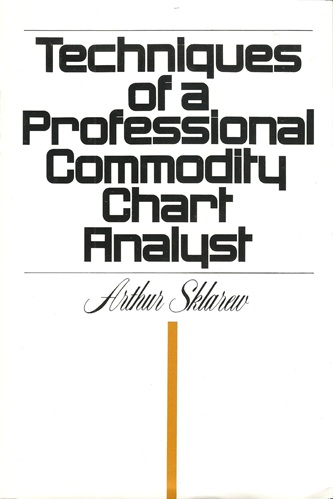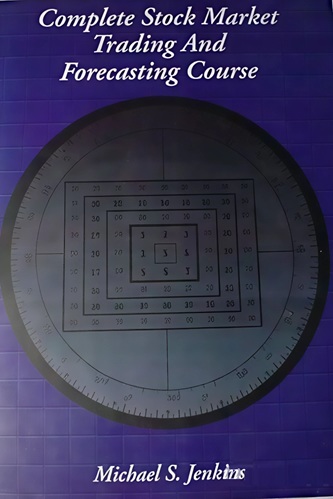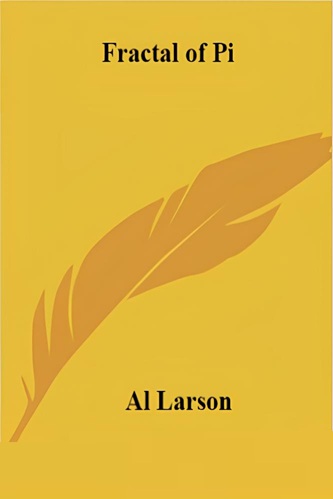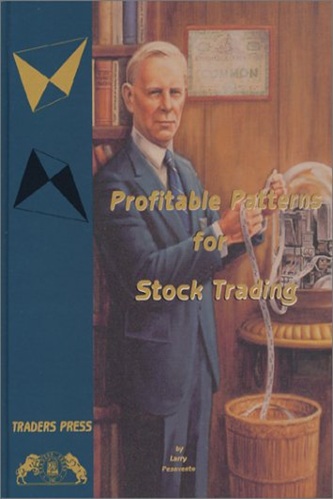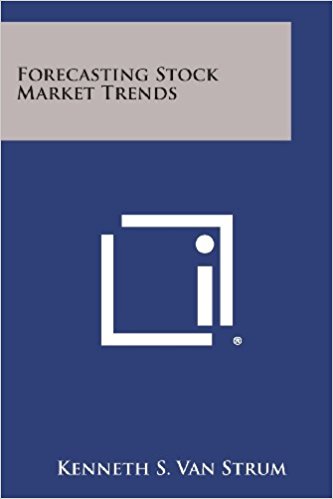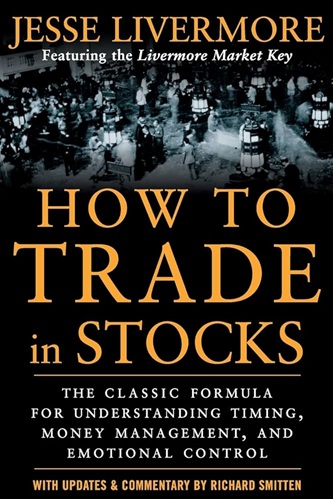The Causes of the 1929 Stock Market Crash
$16.43
| Author(s) | |
|---|---|
| Format |
|
| Pages |
179 |
| Publication Year |
1998 |
The Causes of the 1929 Stock Market Crash attempting to reveal the real causes of the 1929 stock market crash, Bierman refutes the popular belief that wild speculation had excessively driven up stock market prices and resulted in the crash. Although he acknowledges some prices of stocks such as utilities and banks were overprices, reasonable explanations exist for the level and increase of all other securities stock prices.
Indeed, if stocks were overpriced in 1929, then they more even more overpriced in the current era of staggering growth in stock prices and investment in securities. The causes of the 1929 crash, Bierman argues, lie in an unfavorable decision by the Massachusetts Department of Public Utilities coupled with the popular practice known as debt leverage in the 1920s corporate and investment arena.
Introduction:
This book extends Bierman’s argument in an earlier book, The Great Myths of 1929 and the Lessons to Be Learned(Greenwood, 1991), in which he discussed and refuted seven myths about 1929 but could not explain the crash. He now believes he has a reasonable explanation. He also examines the actions of Charles E. Mitchell and Sam Insull and their subsequent unjust criminal prosecution after the crash of the 1929 stock market. There are several conclusions reached in this book that are con-trary to the conventional historical record. There is need for a re-vision of history on these aspects of 1929. They include the following:
- The general level of the stock market was not too high in 1929 if we use financial fundamentals to evaluate stocks.
- The 1929 business conditions were sound, and there was reason for optimism. There was no general news to trigger the crash.
- Irving Fisher did not manage the Yale endowment so that it was highly speculative in 1929.
- The Hatry Affair was exotic but not likely to have been a significant factor in the U.S. market crash.
- There is no reason to think that illegal acts of stock market manipulation caused the boom or the crash.
- Charles E. Mitchell, chairman of National City Bank, de-serves much fairer treatment by historians.
- Albert H. Wiggin, president of Chase, is more suspect than Mitchell—not because of his 1929 dealings with Chase stock but rather his dealings with BMT stock, which were clearly inappropriate. But these BMT stock transactions were done in 1932, thus not highly relevant for a 1929 crash study.
- Sam Insull should have been an American hero, but he used too much debt in a period that turned into the 1930 de-pression. He deserves much better from history because of his real accomplishments. He was not convicted of any crimes. He was destroyed by the press and the federal gov-ernment.
Contents:
- Was the Stock Market Too High?
- The Hatry Case and the 1929 Stock Market Crash
- The Attempts to Stop the Speculators
- The Week of March 25, 1929
- Significant News and Dates in the Month of October 1929
- Investment Trusts and Margin Buying
- The Public Utility Sector
- The Accused
- An Overview of the Causes of the Crash
- The 1929 Market and the 1990s
The Causes of the 1929 Stock Market Crash By Harold Bierman pdf

